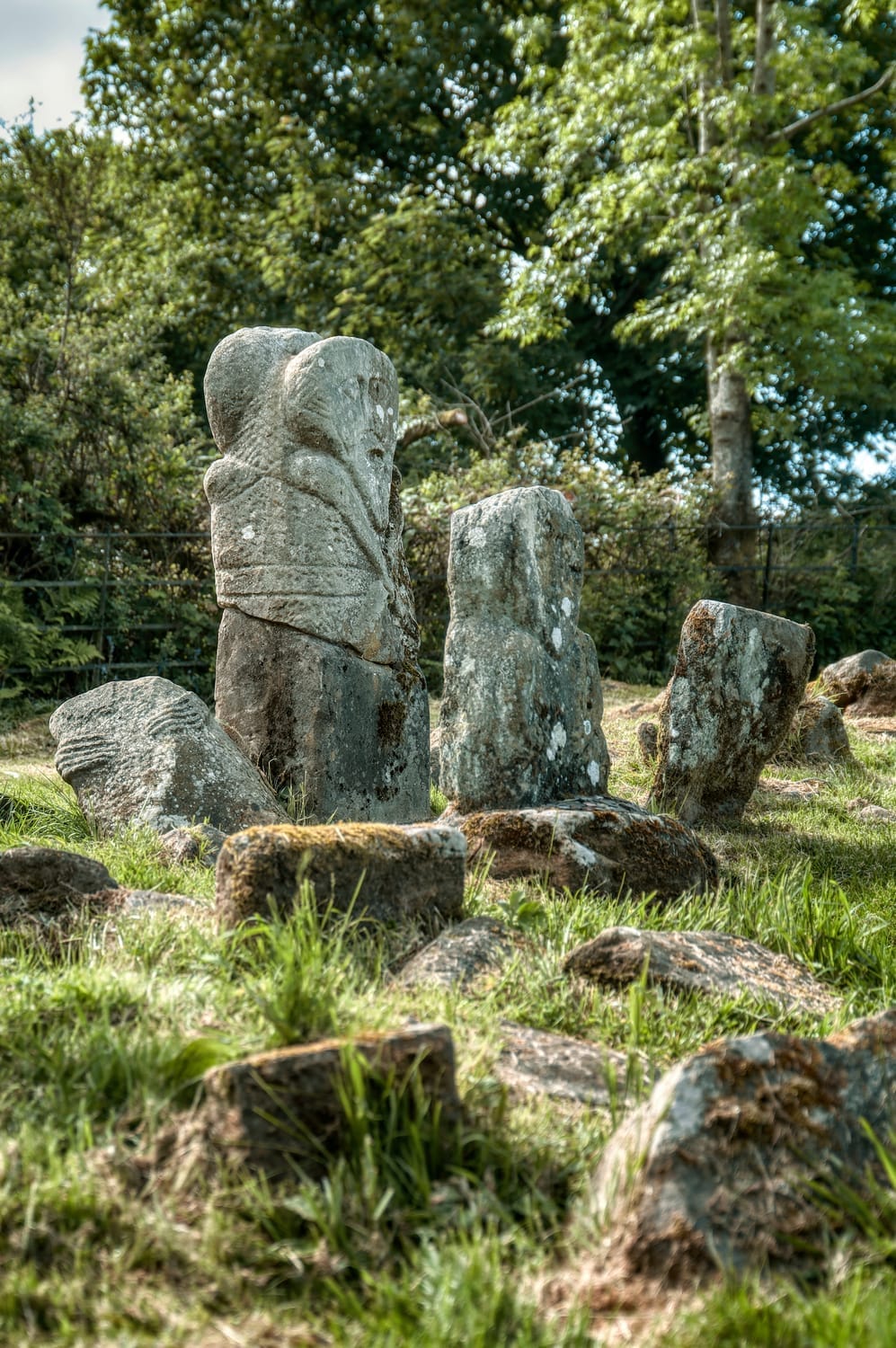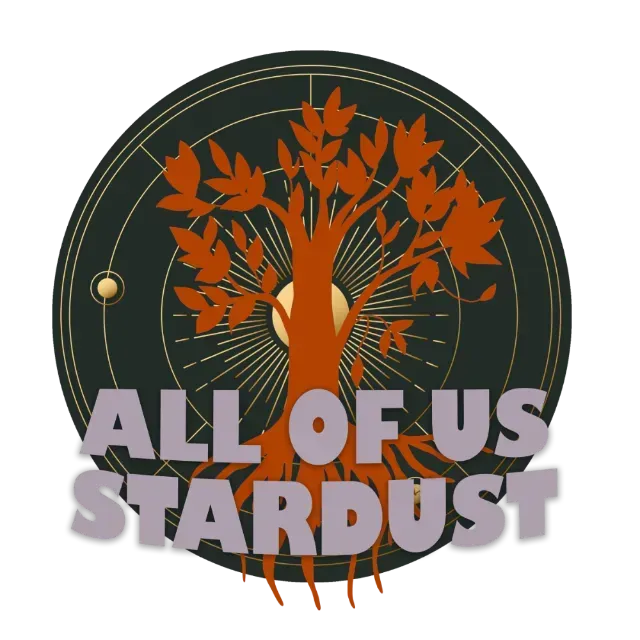4 Rituals to Add Intention to a New Year
I used to think it was strange that the new year began in the middle of winter (or even in the summer for people in the southern hemisphere). I always wondered why it didn’t start in spring. Afterall, spring is when everything is new. New sprouts are peaking through the topsoil as the world heats up and the rains descend. With a plentitude of mild weather and fresh greens, most animals are giving birth, while others are awakening from hibernation. Shouldn’t this be the time when we celebrate a new year?
Of course, the new year is celebrated at different times of year across cultures. Rosh Hashanah, the Jewish new year, is celebrated in September. Diwali, the Hindu New Year, is also held in the fall. The witch’s new year is on October 31st. Chinese New Year is celebrated at the end of January or February. There are some cultures that celebrate the new year in spring such as the Tamil and Iranian New Years, and some celebrate in the middle of summer such as the Islamic New Year.
This made me curious as to why the Gregorian calendar, which is used by most of the world, has its first day of the year in January. It’s become so customary to me that I don’t even think about it anymore. After a quick internet search, I discovered that we have the Roman dictator Julius Caesar to thank. His reformed version of the calendar was the Julian Calendar. He chose January first as the beginning of the year because January was named for Janus, the Roman god of beginnings. Janus had two faces, one that allowed him to look back into the past and one that allowed him to look forward into the future. It wasn’t until 1582 that Pope Gregory VIII reformed the Julian calendar into the Gregorian calendar but apparently kept the start of the year the same. The Gregorian calendar is a solar calendar, as opposed to a lunar or solilunar calendar. But obviously politics and religion played a bigger role in choosing holidays than the sun. If we are to take the sun into consideration, perhaps the day after winter solstice would be the first day of the year, when the northern hemisphere of the earth begins again to orbit closer to the sun.

After some contemplation, I began to appreciate the idea of the new year beginning in the middle of winter instead of in the spring. Afterall, the sprout of spring began as a seed deep in the darkness of the dirt without a hint of light. All of creation began out of nothingness, according to Stephen Hawking who said that nothing existed before the Big Bang. Before you create a piece of art there is only a blank canvas. Winter is like a blank canvas. Everything is dormant, quiet, serene. Nothing is growing. All has died back. And yet it is during this time that we can plant the bulbs of creation. Or perhaps spring equinox would be a more befitting new year, the twilight zone between the season of death and the season of life. The moment when the big bang occurs instead of the setting that is ripe for its occurrence. The moment the paint hits the blank canvas instead of the blank canvas itself.
Ultimately, we all get to decide when we want to celebrate the new year based on what feels right for us. We may choose based on our culture, society, religion, or intuition. We may celebrate the new year for an entire week or month. We may celebrate multiple new years that coincide with our multiplicity of being and each one might hold a unique meaning. If a year is the time it takes for the earth to make one revolution around the sun, then we all have our own special new year to commemorate. Some people prefer not to, as aging has a terrible stigma in our society, but who would prefer the other option? I always loved my birthday and milked it for all it was worth, getting my family to do my celebratory bidding.
I was born on January 22nd, only a month after the winter solstice. The sun was just entering into the zodiac sign of Aquarius as I began my first revolution around the sun. So, I am yet another example of something born of the darkness, on a cold winter afternoon. I enjoy that my birthday falls close to the Gregorian new year as I generally take that whole month from solstice to my birthday to prepare for the new year ahead. In this way, the darkness of winter becomes a time to plant seeds for what I wish to create in the months ahead.

Ways to plant new year seeds:
Reflect on the year past, the good times and bad, the lessons you learned and how far you have come. Give yourself a pat on the back for all the changes you’ve been through and lessons you’ve accrued. Perhaps a pat isn’t enough, maybe buy yourself a gift.
Notice if there is anything from the previous year that you’d prefer to leave behind, such as bad habits, bad friends, or bad thoughts. Write them down on a piece of paper and safely burn them. Allow the fire to metaphorically transform them into something better.
Pick a word for the year ahead. What are your hopes, dreams, and intentions for the year to come? Do your best to find a word or phrase that encapsulates these goals and then keep it as an anchor as you move throughout the moon cycles. Are you staying on target? Has your word changed? I like to create a Pinterest board for my word. You can also make a playlist or vision board.
Are there any seeds like wishes that you hope to plant for the year ahead? Write them on a rock and bury them in the dirt (optional to add a flower bulb) to be nourished by the earth and prepped for growth.
Happy new year everyone, no matter when you choose to celebrate!
Take the quiz and discover your nature intuition archetype.
Categories
Subscribe
Dive into the heart of nature with our weekly newsletter with nature writing that reconnects you to the earth's wonders. Plus, stay updated on events designed to bring our community closer to the natural world.
Created with © systeme.io





